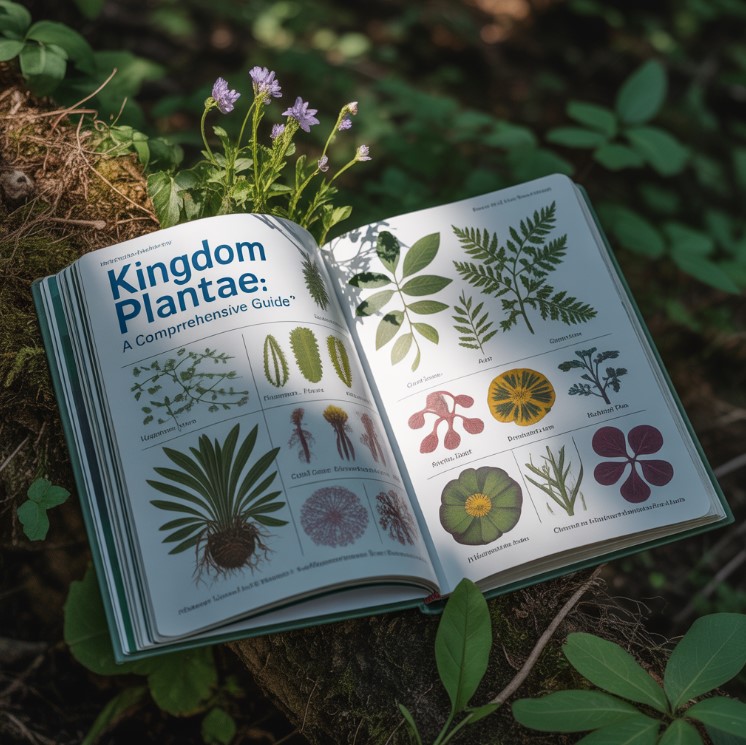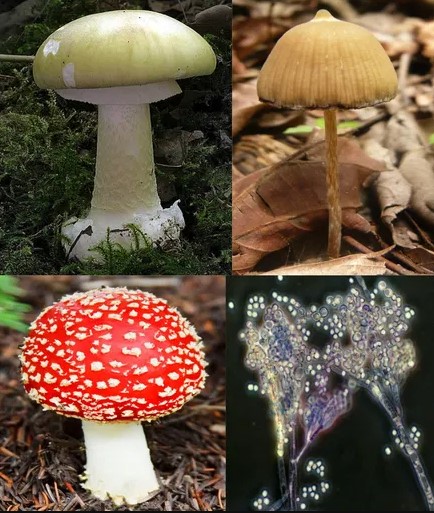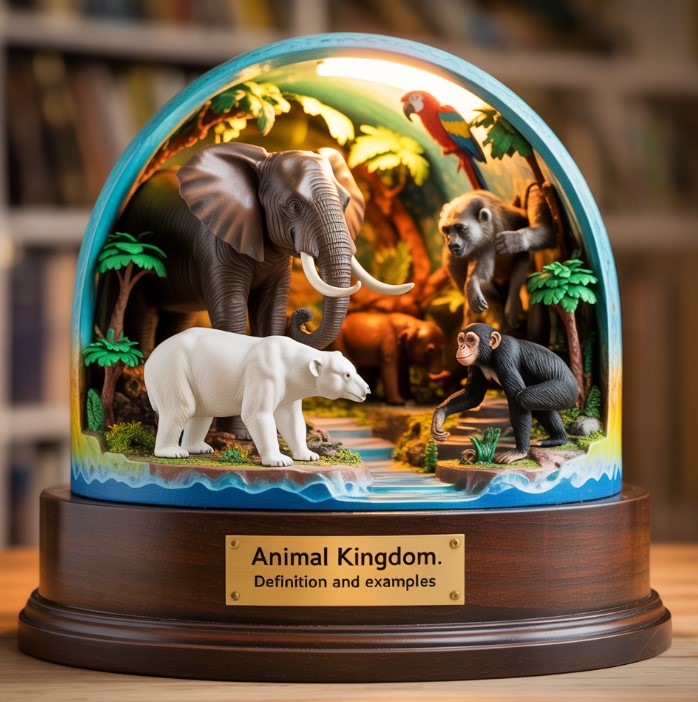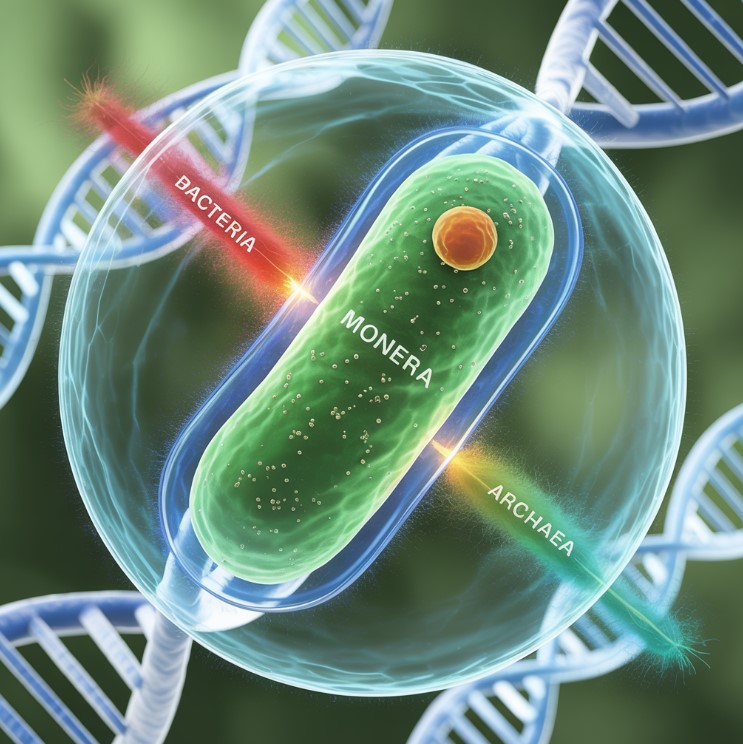Contents
This guide provides comprehensive notes on the major biological group known as Kingdom Plantae, detailing the classification, characteristics, and subgroups from simple algae to complex flowering plants.
Hello! In this guide, I will take you on a journey through one of the most vital branches of life on Earth. Before we begin, it’s helpful to remember the Five Kingdom classification system, which organizes all life into Monera, Protista, Fungi, Plantae, and Animalia. Our focus today is on the incredible diversity within Kingdom Plantae. My purpose is to provide you with clear and complete plant kingdom notes that cover the essential traits and detailed subgroups. This resource is designed to be especially useful for students, such as those needing plant kingdom notes for class 11, and anyone curious about the green world around us.
Core Characteristics of Kingdom Plantae
To understand what makes a plant a plant, we need to look at a specific set of fundamental traits. These characteristics define the members of this vast biological group.
- Cellular Structure: Organisms in this group are multicellular eukaryotes, meaning their cells have a true nucleus and organelles, and they are protected by a rigid cell wall primarily made of cellulose.
- Nutrition: They are autotrophic, producing their own food through a process called photosynthesis, which converts light energy into chemical energy.
- Key Pigment: This food-making process is possible because of the green pigment chlorophyll, which is contained within specialized organelles called chloroplasts.
- Motility: Plants are generally non-motile, meaning they are fixed in one place, typically anchored into a substrate like soil by roots.
- Reproduction: They can reproduce asexually, through methods like vegetative propagation, or sexually, through the fusion of male and female gametes.
The Basis of Classification: Criteria for Classification in Plants
Organizing the millions of plant species requires a logical system. The criteria for classification in plants are based on key evolutionary developments that show how different groups are related. I will explain the three main criteria used by biologists.
- Plant Body: The first criterion is the structure of the plant’s body. We look at whether the body is a simple thallus (undifferentiated) or if it is well-differentiated into true roots, a stem, and leaves.
- Vascular System: The second criterion is the presence or absence of a specialized transport system. Vascular plants possess tissues called xylem (for water) and phloem (for food) to move resources throughout their body.
- Seed Formation: The third criterion examines how a plant reproduces. We check if the plant produces seeds and, if so, whether those seeds are “naked” or enclosed within a protective fruit.
Diagram: A Simple Classification Flowchart
Organisms
|
Kingdom Plantae
|
-----------------------------
| |
No Differentiated Body Differentiated Body
(Thallophyta) |
-------------------------
| |
No Vascular Tissue Has Vascular Tissue
(Bryophyta) |
-----------------------
| |
No Seeds Has Seeds
(Pteridophyta) |
-------------
| |
Naked Seeds Seeds in Fruit
(Gymnosperms) (Angiosperms)The Official Plant Kingdom Classification: 5 Key Subgroups
Using the criteria I just mentioned, biologists have organized plant life into five major subgroups. This system helps answer the common question, “what are the five subgroups of the plant kingdom?”
Thallophyta
Thallophytes represent the simplest forms of plant life. Their key feature is a simple, undifferentiated body called a thallus, which lacks true roots, stems, or leaves. Most organisms in this group, which includes algae like Spirogyra and Ulothrix, are found in aquatic environments.
Bryophyta
Bryophytes are more complex than thallophytes and show some body differentiation. However, they lack a true vascular system for transporting water and nutrients. They are famously known as the ‘amphibians of the plant kingdom’ due to their dependence on water for sexual reproduction to occur. Examples include mosses (Funaria) and liverworts (Marchantia).
Pteridophyta
Pteridophytes mark a significant evolutionary step. These are the first true vascular plants with a well-differentiated plant body, including true roots, stems, and leaves. Having a vascular system allows them to grow taller and thrive in a wider range of terrestrial habitats compared to bryophytes. Common examples are ferns and horsetails.
Gymnosperms
Gymnosperms are vascular plants that have advanced to produce seeds, but these seeds are not enclosed within a fruit. The term “gymnosperm” literally means “naked seed.” They possess a well-differentiated body and vascular tissues. Instead of flowers, they often produce cones, which are involved in reproduction. Pines, cycads, and ginkgo are well-known examples of this group.
Angiosperms
Angiosperms are the most widespread and advanced group of plants on Earth. These are seed-bearing vascular plants characterized by the presence of flowers and the production of seeds that are enclosed within a protective fruit. This group is incredibly diverse and is further divided into two classes based on the number of embryonic leaves (cotyledons) in their seeds:
- Monocotyledons (Monocots): Have one cotyledon. Examples include grasses, corn, and lilies.
- Dicotyledons (Dicots): Have two cotyledons. Examples include beans, roses, and sunflowers.
A Simpler View: Cryptogams and Phanerogams
For a broader understanding, the five subgroups can be placed into two larger categories based on their reproductive structures.
- Cryptogams: This category includes all non-flowering and non-seed-bearing plants. Their name means “hidden reproduction” because their reproductive organs are not conspicuous. The subgroups Thallophyta, Bryophyta, and Pteridophyta belong here.
- Phanerogams: This category includes all flowering and seed-bearing plants. Their name means “visible reproduction,” referring to their visible seeds and, in the case of angiosperms, flowers. The subgroups Gymnosperms and Angiosperms make up the Phanerogams.
Key Comparison: Difference Between Bryophytes and Pteridophytes
To better understand the evolution of plants, it is useful to directly compare Bryophytes and Pteridophytes. This comparison highlights the critical development of vascular tissue.
| Feature | Bryophyta | Pteridophyta |
|---|---|---|
| Plant Body | Partially differentiated (stem-like and leaf-like structures), but no true roots. | Well-differentiated into true roots, stem, and leaves. |
| Vascular System | Absent. Xylem and phloem are not present. | Present. A true vascular system with xylem and phloem is found. |
| Dominant Phase | Gametophyte (the haploid, gamete-producing phase is dominant). | Sporophyte (the diploid, spore-producing phase is dominant). |
| Examples | Mosses (Funaria), Liverworts (Marchantia) | Ferns (Dryopteris), Horsetails (Equisetum) |
Conclusion: The Rich Diversity of Kingdom Plantae
As we have seen, the world of plants is incredibly diverse and systematically organized. The classification of this biological group is based on major evolutionary milestones, such as the development of a differentiated body, the appearance of a vascular system, and the ability to produce seeds. By understanding the five main subgroups—Thallophyta, Bryophyta, Pteridophyta, Gymnosperms, and Angiosperms—we can appreciate the journey from simple aquatic algae to complex flowering trees. These organisms are fundamental to our ecosystem, providing the oxygen we breathe and the food that sustains life.
Frequently Asked Questions
Q: What are the primary criteria for the classification of plants?
A: The three primary criteria are the differentiation of the plant body (thallus vs. true roots/stem/leaves), the presence or absence of a vascular system (xylem and phloem), and the method of reproduction (spores vs. seeds, and if seeds are naked or enclosed in fruit).
Q: What are the significant features of Gymnosperms?
A: The significant features of Gymnosperms include having a well-differentiated body with vascular tissue, reproducing via seeds, and the fact that these seeds are “naked,” meaning they are not enclosed within a fruit. They typically bear cones.
Q: What are the characteristics of Angiosperms?
A: The main characteristics of Angiosperms are that they produce flowers for reproduction, their seeds are enclosed within a protective fruit, and they have a highly differentiated body with a very efficient vascular system.
Q: Why are Bryophytes called the amphibians of the plant kingdom?
A: Bryophytes are called the “amphibians of the plant kingdom” because, although they live on land, they require an external source of water for their male gametes to swim to the female gametes to complete sexual reproduction.




